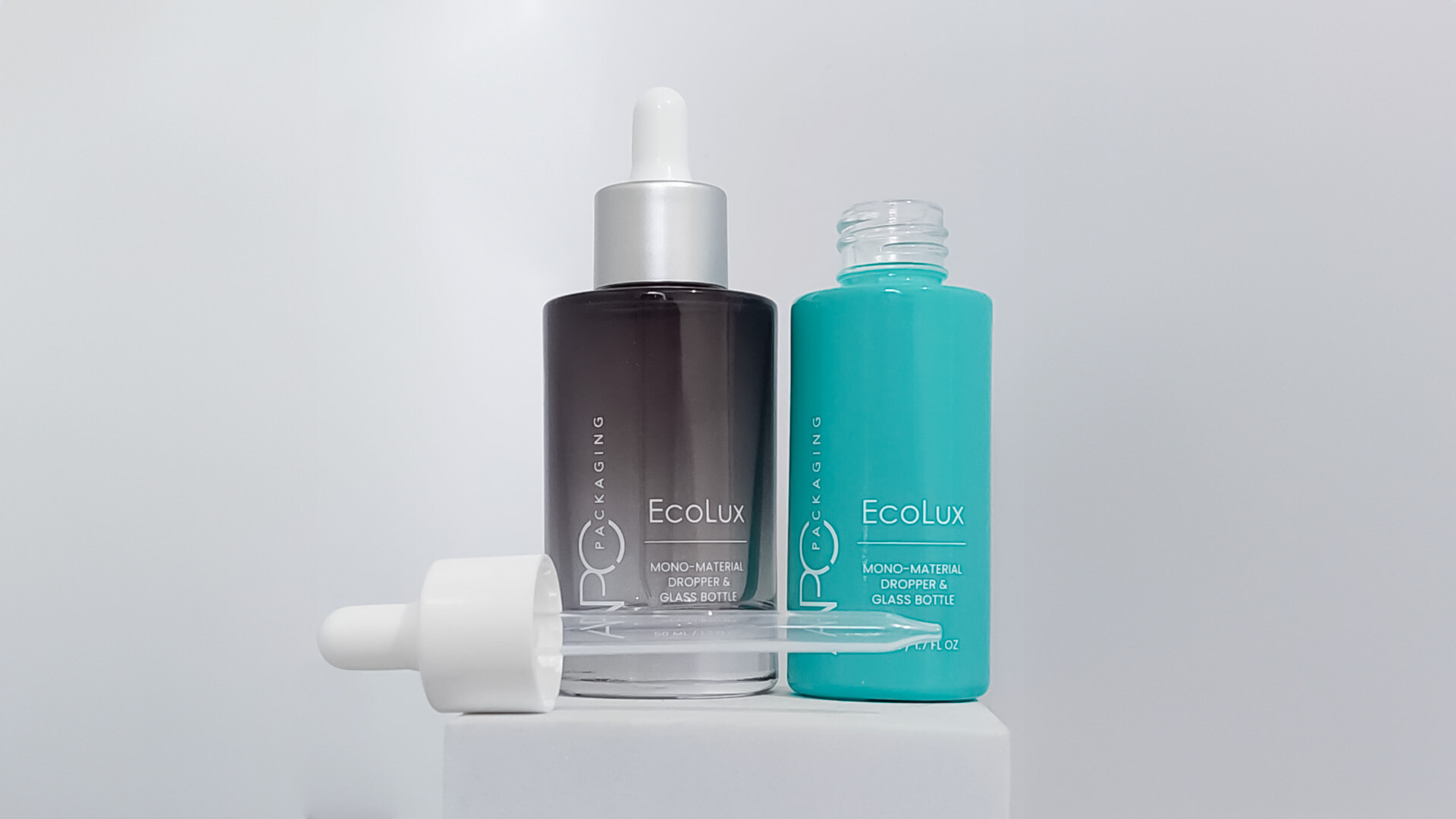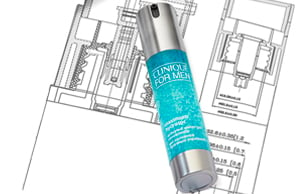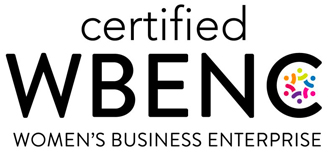As the beauty industry continues to evolve, so too does the packaging that encases its products. In 2024, beauty packaging design is not just about aesthetics; it's about sustainability, functionality, and technological integration. Here, we explore the top trends shaping the beauty packaging landscape this year.

1. Sustainability Takes Center Stage
Sustainability is no longer a niche trend but a fundamental aspect of beauty packaging design. Brands are increasingly prioritizing eco-friendly materials and practices to meet consumer demands for environmental responsibility. Key sustainable packaging trends include:
-
Recycled and Recyclable Materials: Brands are using materials like post-consumer recycled plastics and glass to reduce their environmental footprint.
-
Biodegradable and Compostable Options: Packaging made from biodegradable materials, such as cornstarch-based plastics and mushroom-based packaging, is gaining popularity.
-
Minimalist Design: Reducing excess packaging and using minimalistic designs helps cut down on waste and promotes a cleaner aesthetic.
2. Refillable and Reusable Packaging
In response to the growing zero-waste movement, refillable and reusable packaging options are becoming more prevalent. These solutions not only reduce waste but also create a sense of luxury and longevity for the consumer. Examples include:
-
Refill Stations: Some brands are introducing in-store refill stations where customers can replenish their products.
-
Refillable Containers: High-quality containers designed for repeated use, often with a subscription-based refill service, are becoming mainstream.
3. Smart and Interactive Packaging
Technology is making its mark on beauty packaging with the rise of smart and interactive features. These innovations enhance the consumer experience and provide valuable product information. Trends in this area include:
-
QR Codes and NFC Technology: Packaging equipped with QR codes or NFC tags allows consumers to access detailed product information, tutorials, and exclusive content with a simple scan.
-
Augmented Reality (AR): Some brands are incorporating AR into their packaging, enabling consumers to try on products virtually or view application techniques.
4. Inclusive and Accessible Design
Inclusivity is a growing focus in the beauty industry, and packaging design is following suit. Brands are designing packaging that is accessible to all users, including those with disabilities. Features of inclusive packaging design include:
-
Braille and Tactile Markings: Adding braille and tactile symbols to packaging helps visually impaired consumers identify products.
-
Ergonomic Design: Packaging designed for ease of use, with features like easy-grip surfaces and simple open-and-close mechanisms.
5. Personalization and Customization
Consumers today crave personalized experiences, and beauty packaging is adapting to meet this demand. Personalized packaging not only enhances the user experience but also strengthens brand loyalty. Examples include:
-
Custom Labels: Allowing consumers to customize labels with their names or messages.
-
Personalized Recommendations: Packaging that suggests products or routines based on individual preferences or skin types.
6. Bold and Vibrant Aesthetics
While minimalism continues to be popular, there's also a trend towards bold and vibrant packaging designs. These designs stand out on the shelves and capture the consumer's attention. Characteristics of this trend include:
-
Bright Colors and Unique Patterns: Eye-catching colors and patterns that differentiate products from competitors.
-
Artistic Collaborations: Partnering with artists to create unique, limited-edition packaging designs.
7. Vintage and Retro Influences
Nostalgia is a powerful tool in marketing, and vintage-inspired packaging is making a comeback. These designs evoke a sense of history and authenticity, appealing to consumers' emotions. Trends in vintage packaging include:
-
Retro Fonts and Graphics: Using typography and design elements reminiscent of past decades.
-
Classic Packaging Shapes: Reviving traditional packaging shapes, such as tin containers and glass bottles, for a timeless look.
The beauty packaging design trends of 2024 reflect a dynamic intersection of sustainability, technology, inclusivity, and personalization. As brands continue to innovate, the focus remains on creating packaging that not only looks good but also aligns with the values and needs of today's consumers. By embracing these trends, beauty brands can stay ahead of the curve and build deeper connections with their audience.








